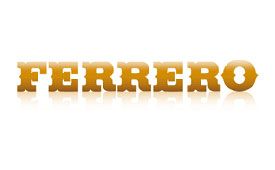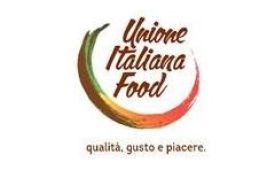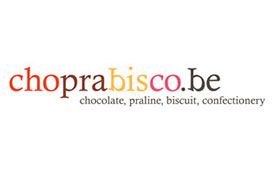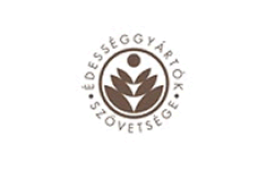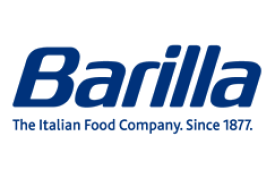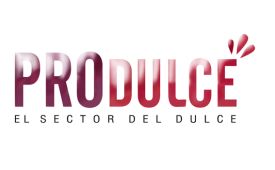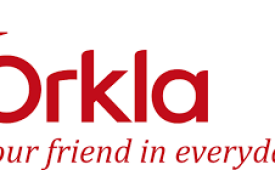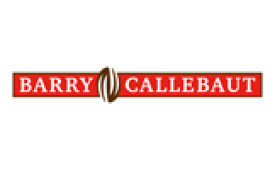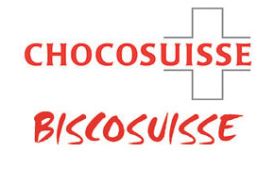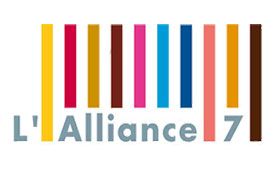Short history of chocolate
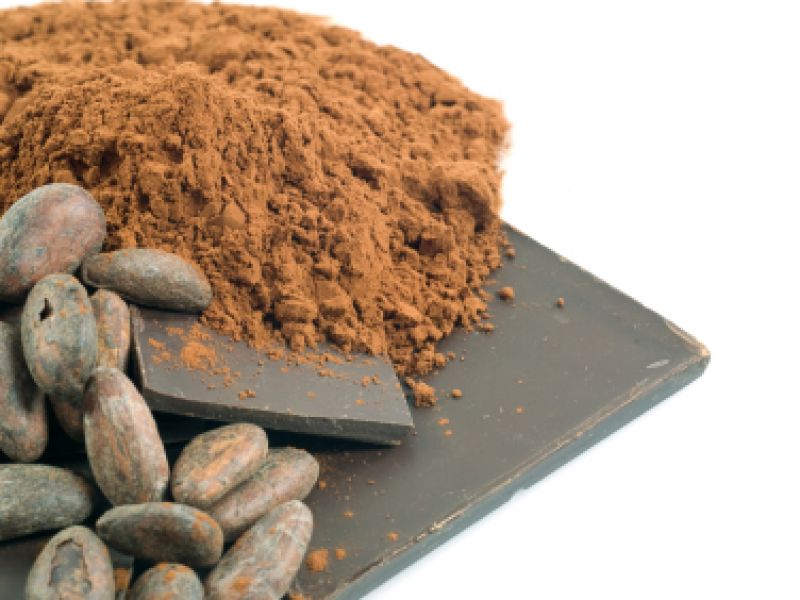
Chocolate : a long and passionate history !
Chocolate history finds its origin in the Aztec period. As you will discover from the brief history below chocolate has evolved a lot as it crossed centuries. It was once a bitter drink used in Central America for its strengthening and aphrodisiac effects. It is now a sweet food appreciated in the whole world. It was once a precious foodstuff reserved for royalty and upper class. Now people from any horizon or any age can enjoy chocolate. But there is one point that has never changed throughout history: chocolate has always been a food that has raised a lot of passions.
Origins
1400 BC
In 2007, anthropologists announced the discovery of cacao residue on pottery excavated in Honduras that could date back from 1400 BC. The sweet pulp of the cacao fruit, which surrounds the beans, was fermented into an alcoholic beverage of the time.
12th Century
The Mayan and Aztec cultures have extended in Central and South America.
They both used cocoa beans in religious and sacred rituals. It was also used by the Mayans to trade with other populations.
The Aztecs attributed the creation of the cocoa plant to their god Quetzalcoatl who, descended from heaven on a beam of a morning star carrying a cocoa tree stolen from paradise.
In both the Mayan and Aztec cultures cocoa was the basis for a thick, cold, unsweetened drink called xocoatl considered as a health elixir. Since sugar was unknown to the Aztecs, different spices were used to add flavour, such as musk, cinnamon or hot chili peppers.
15th Century
1492 - Christopher Columbus brings back a few cacao beans to King Ferdinand. However, they were mostly ignored in favor of the many other treasures he had found.
At the conquest of Europe
16th Century
1519 – The Spanish explorer Hernan Cortès conquers part of Mexico. At his arrival he is mistaken for the Aztec god Quetzalcoatl (which return was expected) by the population. Cortez notices the usage and value that the court of Emperor Montezuma give to cocoa and starts a cocoa plantation to “grow money” in the name of Spain.
1544 – Cortez has brought cacao beans, equipment and recipes for preparing chocolate to the Spanish court of King Charles V. The Spanish replaced the pepper with sugar and kept the cinnamon to make the bitter cacao a beverage they like. Spain kept the secret of cocoa from the rest of Europe for nearly a century to keep the monopoly of cocoa trade.
17th Century
Chocolate starts spreading throughout Europe:
1645 – Cocoa beans arrive in France in the dowry of Spanish Princess Maria Theresa to her fiancé Louis XI.
1641 – Chocolate is introduced in Germany
1653 – First official statement about chocolate describing the medicinal properties of chocolate (stimulating the healthy functioning of the spleen and other digestive functions). Also considered as aphrodisiac.
1657 – Opening of the first chocolate house in London. Chocolate remains a beverage for the elite. The English introduced a change: instead of water, they added milk.
1674 – Chocolate pastilles are introduced in England
1697 – Chocolate is introduced in Switzerland following the visit of Zurich Mayor in Brussels.
The industrial revolution
18th Century
1712 - Chocolate is back on the American continent. Boston apothecary shops are advertising and selling chocolate imported from Europe.
1728 – First chocolate factory in Bristol to process and grind cocoa beans
1737 – The Swedish naturalist, Carolus Linnaeus, renames cocoa “theobroma”
1750 – European countries colonize much of the world. They want to ensure their own supply of cocoa beans and acquire cacao plantations in western India, Madagascar, Congo, Cameroon or Brazil.
1865 – First chocolate-making company using machines created in the USA by James Baker and John Hannon, the Baker Company. Using an old grist mill, they ground cacao beans into chocolate liquor and pressed the paste into cakes meant to be made into drinking chocolate.
1770 – Madame du Barry is an active consumer of chocolate
1795 – The English man Joseph Fry (Bristol) invents a steam engine to grind cocoa beans and launches the manufacture of chocolate on a large scale.
19th Century
The industrial revolution will make mass-production of chocolate possible and help cut prices.
1819 - The pioneer of Swiss chocolate-making, François Louis Callier, opens the first Swiss chocolate factory near Vevey.
1828 – Coenraad Van Houten invents the “dutching”, a process for making chocolate powder by using hydraulic pressure.
1839 – In Germany Stollwerck begins his business producing a variety of chocolate products.
1840 – The first pressed chocolate tablets, pastilles and figures are produced in Belgium
1847 – Francis Fry creates the first chocolate bar, followed by Cadbury in 1849
1848 – Auguste Poulain establishes a confectionery and chocolate unit in France
1865 – The first gianduja is created in Italy: chocolate mixed with hazelnut paste
1875 – Daniel Peter of Vevey, Switzerland, invents milk chocolate
1879 – Birth of the Nestlé Company
1879 – Rodolphe Lindt, Switzerland, invents the conching machine to heat and roll chocolate in order to refine it to a smooth consistency.
Creative times
20th Century
1911 – Frank C. Mars founded the Mars company in Tacoma
1912 – The Belgian Jean Neuhaus invents the chocolate shell that can be filled with soft centers and nut pastes. His daughter-in-law also invents the ballotin, an appropriate box designed to hold his pralines
1913 – The Swiss Jules Séchaud creates a machine to manufacture filled chocolates, creating the first box of filled chocolates.
1920 – The Leonidas brand in Belgium
1920s – Chocolate bars become individual-sized (30g and 45g) and are made in tablet shapes for snacking.
1925 – Barry Callebaut begins the production of chocolate couverture, in Belgium.
1926 – Birth of Godiva
1930 – Nestlé makes first white chocolate, named Galak.
1940-45 – The American army decides to include chocolate bars in soldiers' "D-Ration."
Every day chocolate manufacturers and artisans share their passion with the consumers, creating new products to satisfy their evolving tastes and requirements.
Chocolate continues to cross the frontiers. He has started to seduce Asian populations and is gaining market shares in developing economies like India or Brazil to name but a few.
The era of chocolate is far from end! However, the increasing demand raises big challenges for chocolate makers.
Many books and website have been written on the history of chocolate, but this short history is based on the following websites:
http://www.chocolate.org/
http://inventors.about.com/od/foodrelatedinventions/a/chocolate.htm
http://www.smithsonianmag.com/arts-culture/brief-history-of-chocolate.html
http://en.wikipedia.org/wiki/History_of_chocolate
http://en.wikipedia.org/wiki/Chocolate
http://www.thenibble.com/reviews/main/chocolate/the-history-of-chocolate.asp

